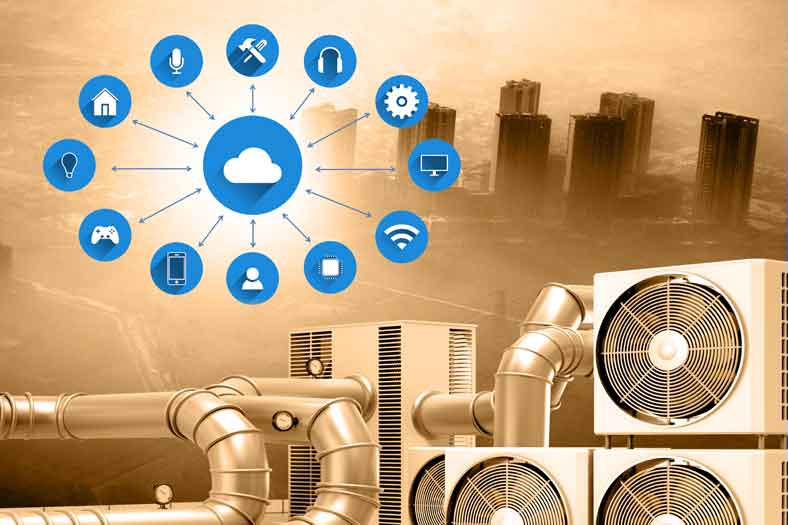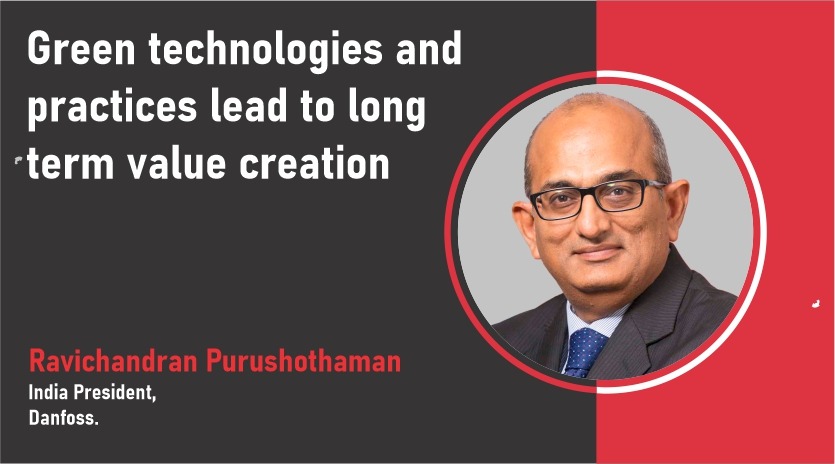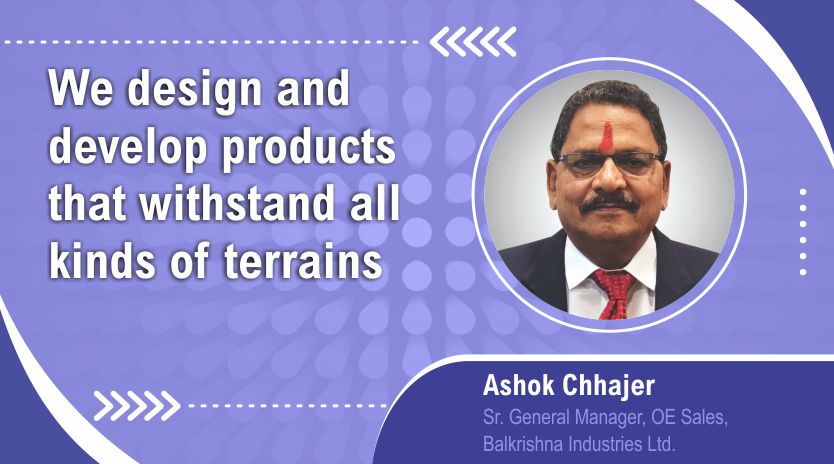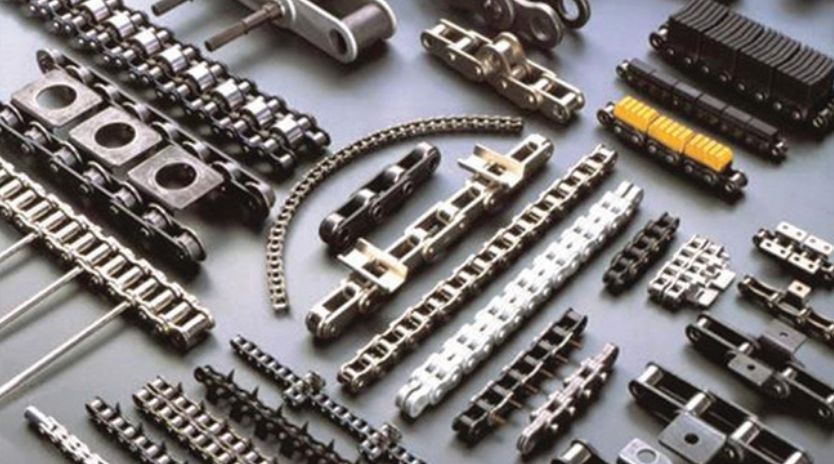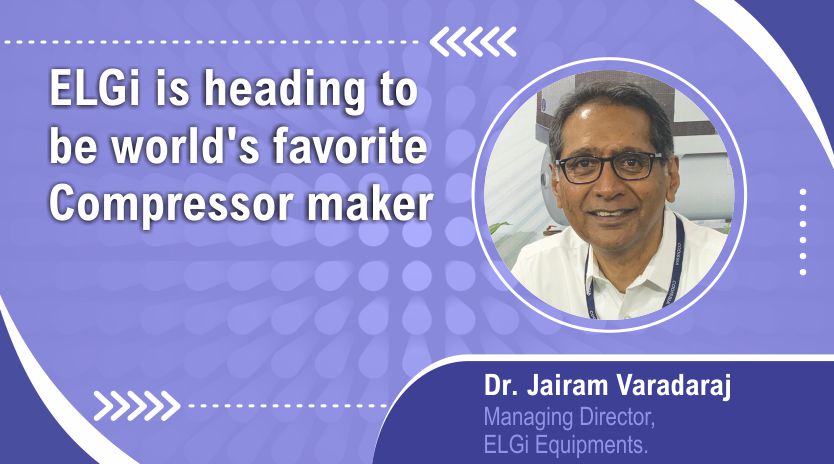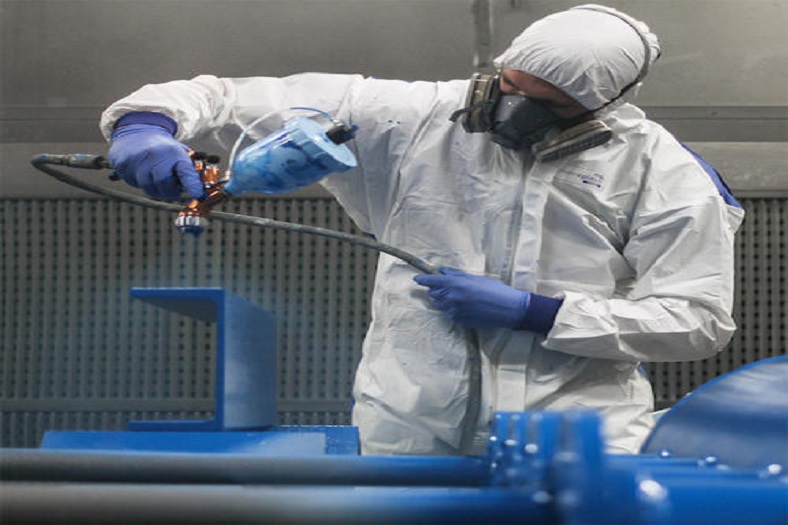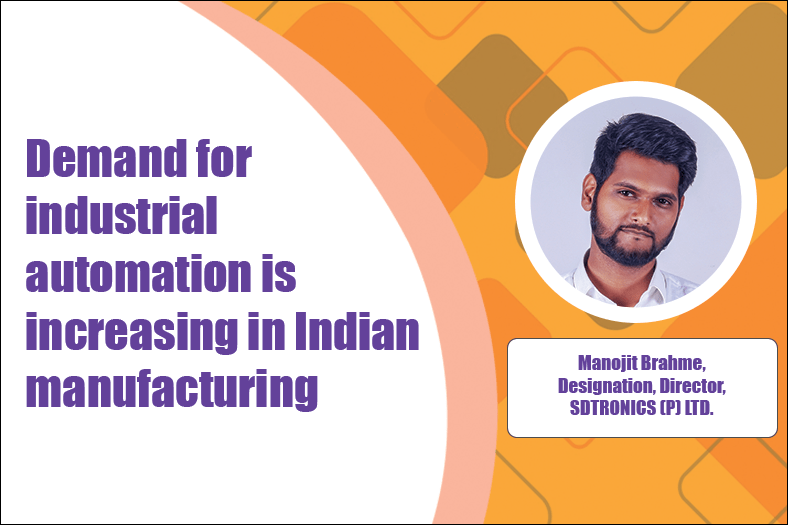HVAC: Rising in market with smart technologies
February 10, 2020 10:49 am
New India’s initiative towards smart cities is giving an added impetus to the current Indian HVAC industry to develop solutions that are not only smart and energy-efficient but also affordable.
The growing population of the world is moving towards urbanisation, demanding for more efficient, smart and sustainable development and infrastructure. By 2050, it is projected that India will have added 416 million urban dwellers, China 255 million and Nigeria 189 million.
Smart technology is a huge driving factor in the industry, pushing comfort and efficiency to new heights. Mobile solutions are also going to be a key driver of innovation in the HVAC industry. With Internet of Things (IoT) and various smart sensors, customers will have intelligent and better control of their devices. Artificial intelligence and machine learning related advancements will ensure additional diagnostics and reduce service costs and operating costs. Since the HVAC industry is maintenance-driven, new and green technologies will streamline maintenance process in an efficient and environmentally friendly manner.
Measures being taken to address efficiency in the HVAC segment
The best efficiency measures can be taken right from the initial phase which is the design and planning phase. Global warming and climate change has become a reality now. Governments across the world are tightening regulations pertaining to safety of environment and energy efficiency for all kinds of equipment and appliances to check emissions. Most countries continue to raise the Energy Efficiency Ratio (EER) standards.
Gurmeet Singh, CMD, Johnson Controls – Hitachi Air Conditioning India Limited said “By 1st January 2021, India will also witness a higher Energy Efficiency Ratio (EER) table. The most common technological improvements required to achieve efficiency are advanced heat exchangers, efficient compressors, motors, etc. “
However, there are many other aspects to energy efficiency and power saving such as the usage of software for controls like ACT mode, Sleep mode, Eco Mode and a lot more. But since there are no set parameters and standards for testing, it is confusing for brand comparison. Johnson Controls – Hitachi Air Conditioning India Ltd is continuously working on developing products and technologies that are innovative, energy-efficient, eco-friendly and fulfil the needs of its consumers.
Gaurav Kumar, Head – Projects and Operations, MG Cooling Solutions said, “Every factor contributes to the energy efficiency part. For example, the material for construction like glass, bricks, etc. plays a huge role. One should use the material which has a lower U value. U value means heat gain coefficient, and it varies from material to material. Every aspect of building construction material has a different U value and adds to the heat gain inside the building.“
Insulation is one of the best ways to reduce heat gain as it does not allow much heat to transmit inside the building which scores high in energy efficiency.
Technological advancements in the sector to look out for this year
As per Tech Sci research report, India’s HVAC market is expected to cross $7 billion by 2022. The growth in the market can be attributed to increasing number of high-rise buildings, shopping complexes and malls, and hypermarkets in tier II cities. The HVAC industry is moving towards smart and environment friendly technologies. The year 2020 is going to witness new technological advancements which will shape the future of the industry as well as consumer expectations.
With a focus on complete comfort and convenience, the year will also witness new technologies that are aimed at reducing noise, providing fresh air, and directing air flow based on customer need and choice.
The government’s push for smart cities goes hand in hand with Hitachi Cooling and Heating’s push for connected products. For the commercial building segment, one of Johnson Controls – Hitachi Air Conditioning India Ltd.’s latest offerings is its new SET-FREE Sigma (∑) Series and its new IoT-based VRF management app called airCloud Pro.
Singh added, “Designed keeping in mind the needs of architects and HVAC consultants, Hitachi Cooling and Heating has introduced its new SET-FREE Sigma (∑) Series. Named after the mathematical symbol “∑” which stands for the combined strengths of Johnson Controls’ and Hitachi’s VRF Technologies, this series has been designed with global expertise especially for the Indian climate and consumers. It offers higher energy efficiency, engineered aesthetics, enhanced strengths, compact design, compact cooling and heating.”
Technological advancements are basically in terms of automation and IoT-based sensors. An automated system not only saves energy but also helps in safety measures for all the occupants. IoT is a buzzword in the HVAC industry now which tracks the activity of the system quite minutely for all the devices of the system.
Kumar elaborated, “It also helps in recording the daily pattern of the HVAC system in a given space which helps in predicting the premature breakdown of any of the components of the system. This leads to cost optimisation from the maintenance front which is again a huge cost saver.”
He added, “airCloud Pro is one of our latest ground breaking innovations which we have introduced recently in India for our customers. It offer 24/7 control and remote access of your VRF systems to ensure energy savings, centralised control, flexible user management, preemptive alerts, and troubleshooting. Backed with the latest updates and security features, it also offers individual controller lock to prevent inappropriate usage from the occupants and is easy to install, thus making it ideal for any application like offices, hospitals, schools/universities, restaurants, hotels, retail, etc. Thus, with least energy wastage and maximal capacity in minimalistic floor space, SET-FREE Sigma Series gives energy-efficient performance combined with premium looks.”
Short-cycling and poor indoor air quality (IAQ) in terms of developing new products.
Both indoor and outdoor air quality in most of the cities worldwide is deteriorating due to the rising pollution level. This is pushing the HVAC industry to focus on delivering better IAQ through disruptive products. While “energy efficiency”, “environment conservation” and “healthy indoor air experience” have already become the new buzzwords in the global scenario since a long time, the Indian HVAC industry has also started working on incorporating these into their designs and products while ensuring proper ventilation and thermal comfort.
Singh stated, “Hitachi Cooling and Heating, being a technology leader and one of the most premium brands in the Indian air conditioner industry, is constantly working on new cutting-edge technology in its product categories which comprises room AC, VRF, chillers and other commercial air conditioners.”
Since the buildings are airtight, the CO2 level starts building up inside the building, which can lead to sick building syndrome (SBS) and has also proven to reduce the productivity in the case of office buildings. An HVAC system makes sure that there is a provision of fresh filtered air for improved air quality.
Kumar explained, “An HVAC system is responsible to improve the air quality by incorporating pre fine filters and HEPA filters, which restrict the movement of particulate matter inside the buildings. Also, the HVAC system has the provision of introducing fresh air inside the premises which helps in exhausting the CO2 level inside the building.” Poor indoor quality is the most discussed topic right now as this has a direct impact on health.
Advantage of government initiatives and emerging concepts like smart cities
The government initiatives for HVAC has helped the sector to gain a boost in the market. The government’s plan to make every city smart in India by 2050 is giving companies the needed impetus to innovate in their products.
Singh states, “By working constantly on the philosophy of producing best technology products with the three pillars of innovation, energy saving, and comfort, Hitachi Cooling and Heating aims to achieve high customer satisfaction and become the country’s expert in air conditioning solutions.”
“MG Cooling Solutions has always been working in the direction of highly energy-efficient HVAC systems. Since we need to import to produce electricity as of now, we need to make sure that we achieve energy efficiency through HVAC. This becomes more crucial as HVAC consumes 40-60 percent of total energy in the building,” explains Kumar.
He adds, “We continue to leverage this momentum to supply a pipeline of products with built-in intelligence and more importantly, our customers continue to expect such products from us.”
Transforming Indian cities into smart cities starts with energy- and cost-efficient smart buildings. Advanced and energy-efficient HVAC systems with low operating costs have a vital role to play in shaping these smart buildings for the country’s future cities.
IoT is a buzzword in the HVAC industry now which tracks the activity of the system quite minutely for all the devices of the system.
Gurmeet Singh, CMD, Johnson Controls – Hitachi Air Conditioning India Limited
An HVAC system is responsible to improve the air quality by incorporating pre fine filters and HEPA filters, which restricts the movement of particulate matter inside the buildings.
Gaurav Kumar, Head – Projects and Operations, MG Cooling Solutions
Cookie Consent
We use cookies to personalize your experience. By continuing to visit this website you agree to our Terms & Conditions, Privacy Policy and Cookie Policy.



